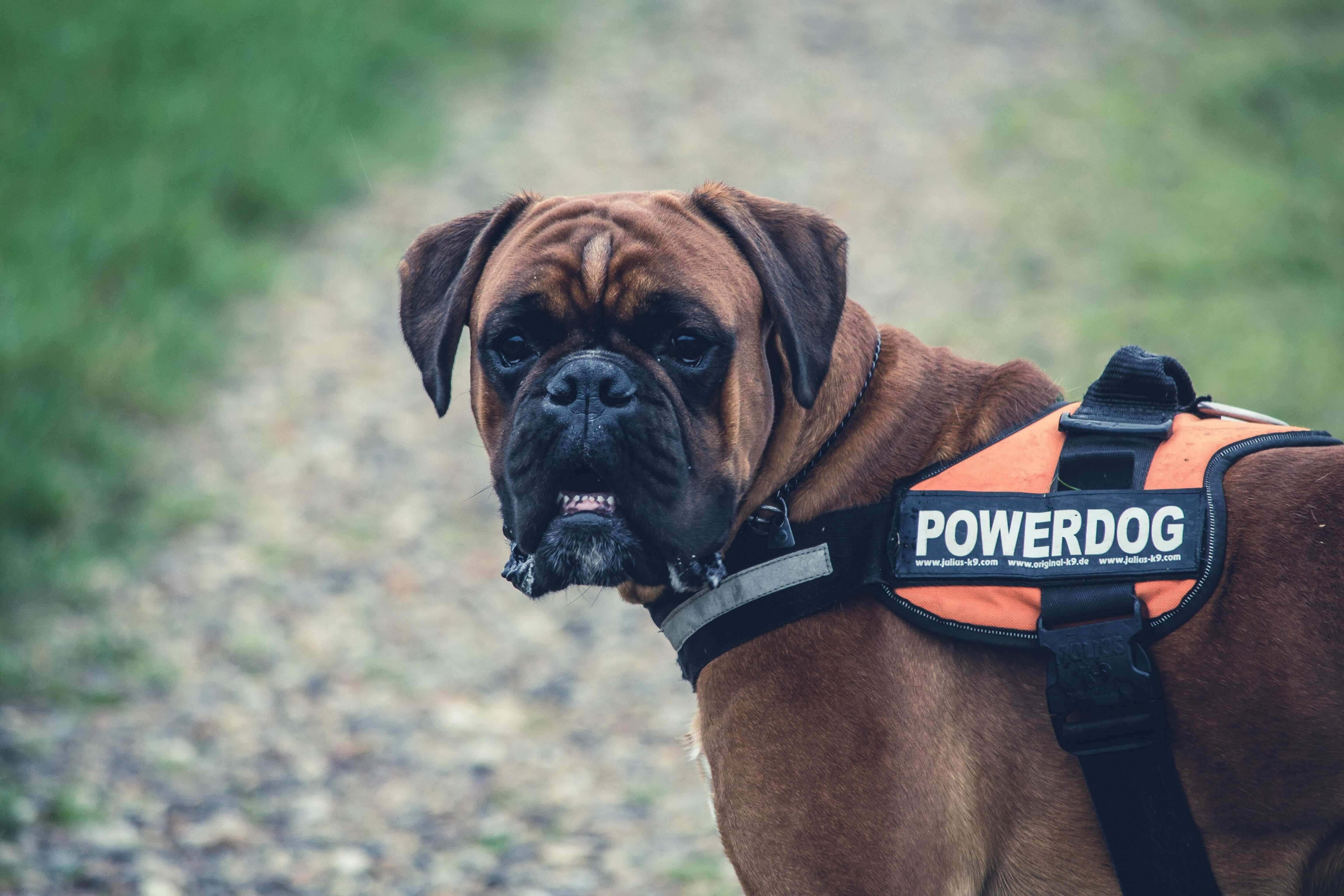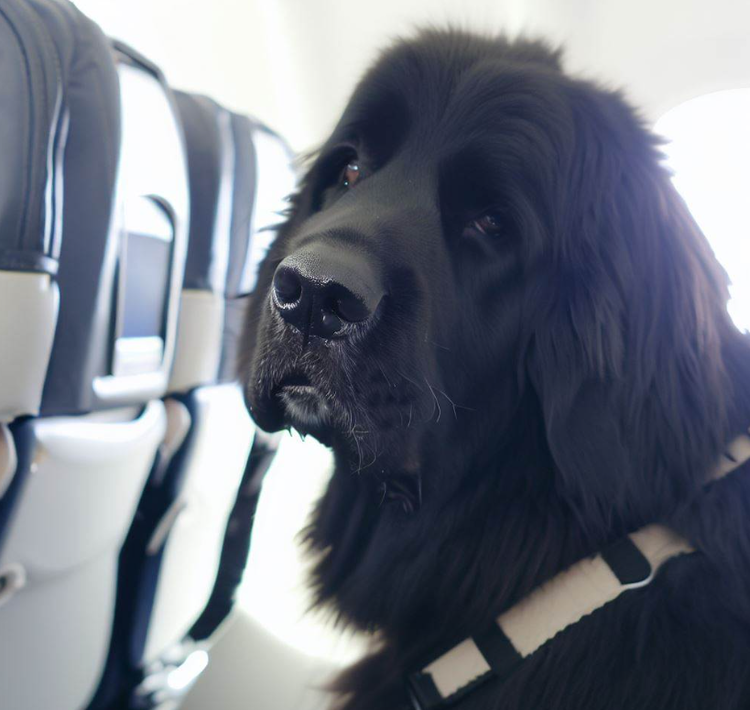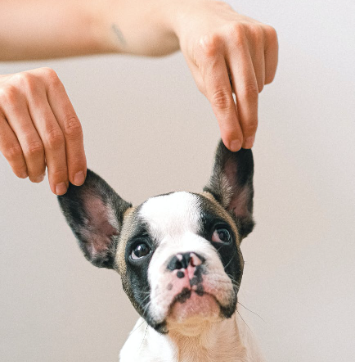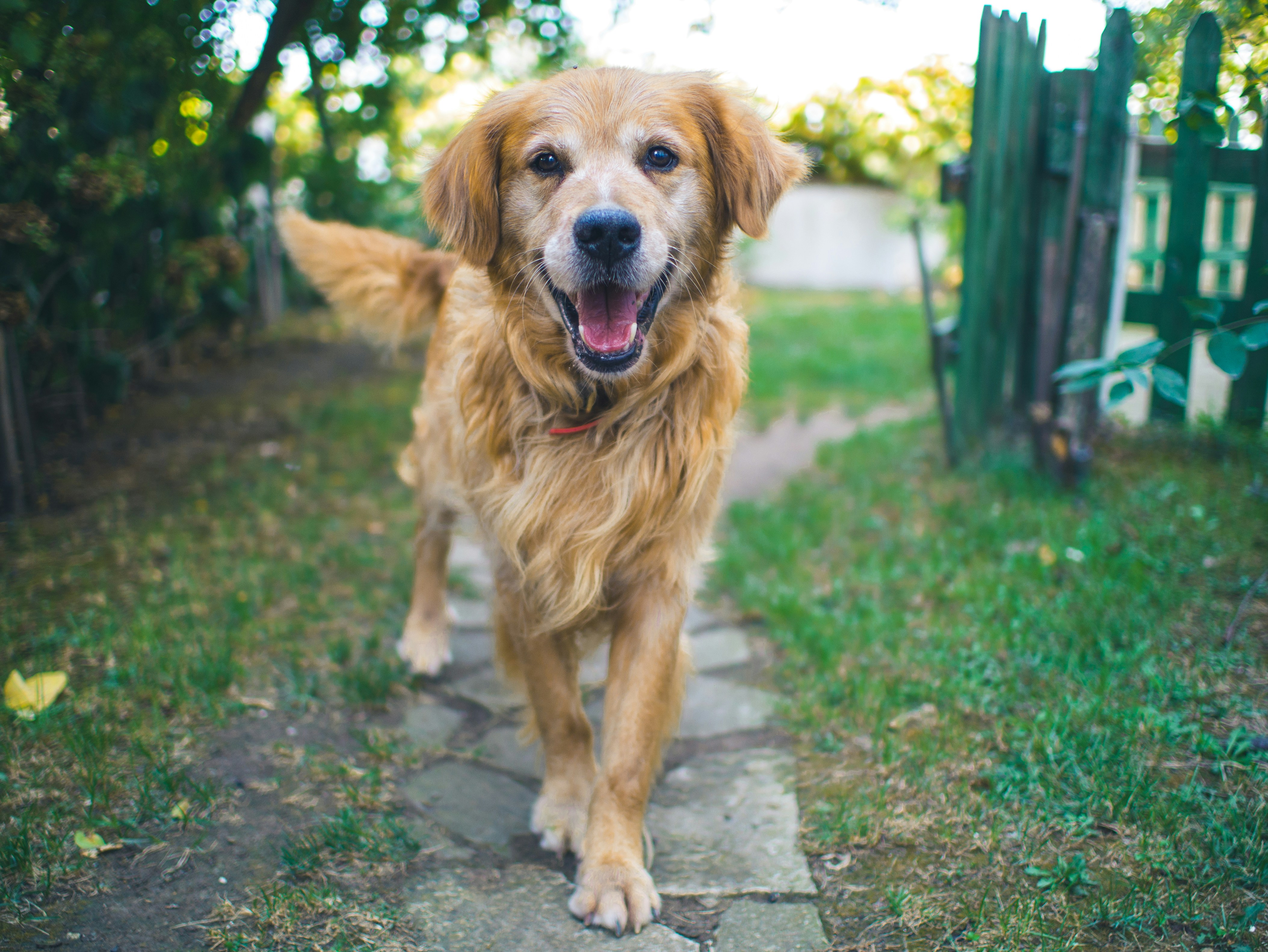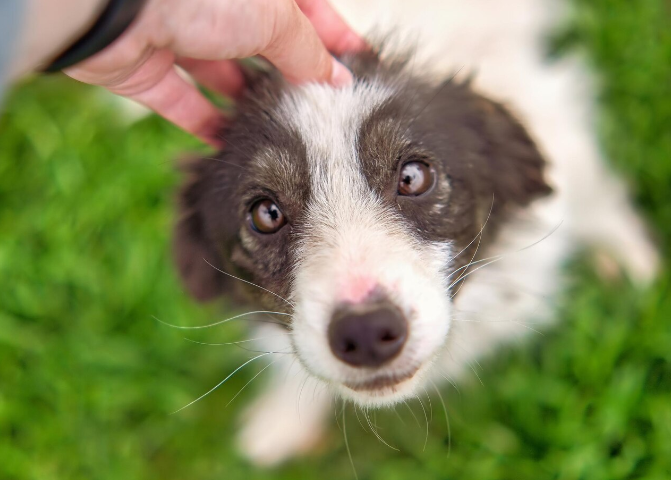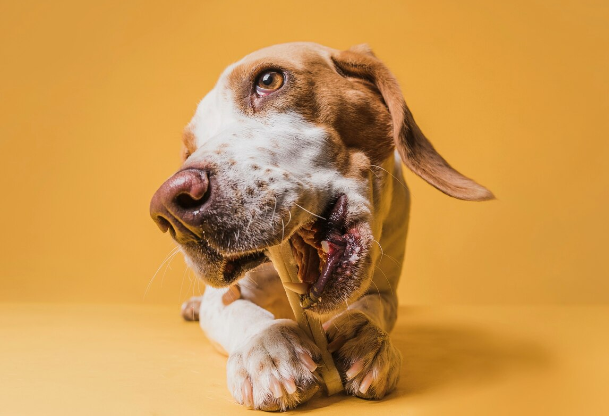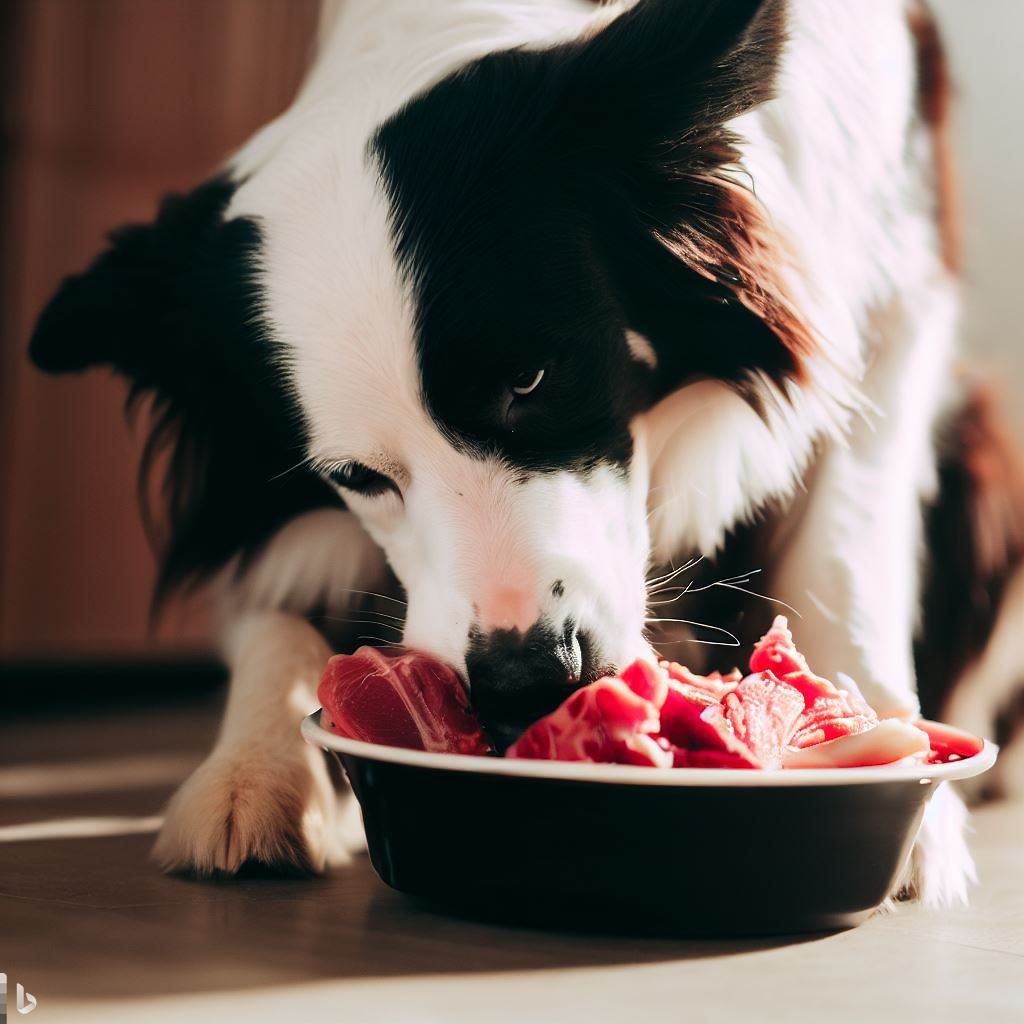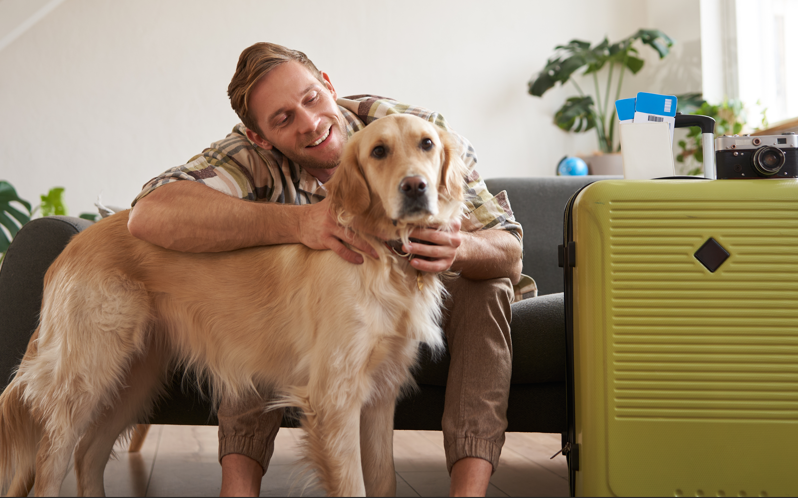
Many of us enjoy traveling because it brings new experiences, adventures, and helps break the routine of everyday life. It’s thrilling and enriching to sense the spirit of another place and its people and delve into it for a while. What’s even better is having your fur bestie by your side!
Traveling with your doggo can be a rewarding experience, whether you're flying for a vacation, relocating, or taking your pup on an adventure. However, it also requires more planning than traveling on your own or with another person.
There are several important things to consider ensuring a smooth journey for your beloved family member, such as airlines’ policies, import regulations, documentation and of course, money!
How much does it cost to fly with your dog and what transportation options do you have? Let’s find out together!
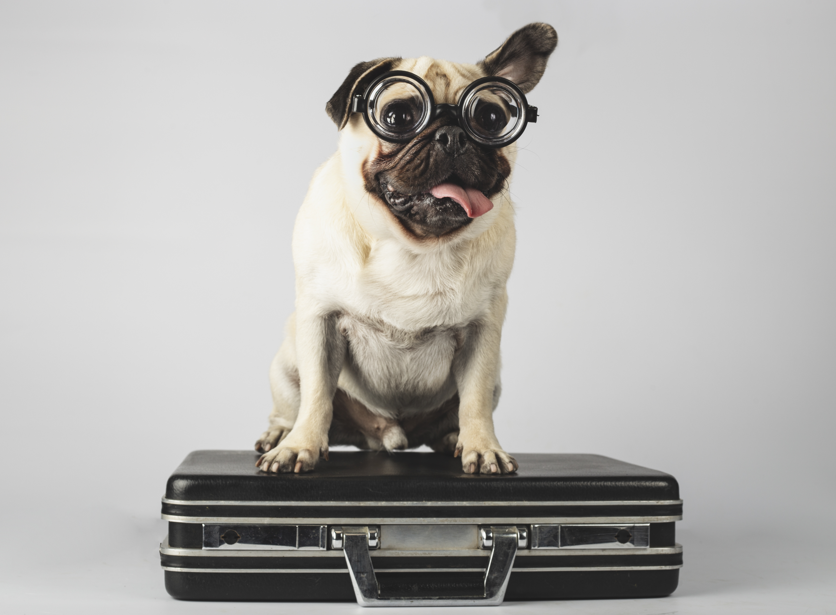
Options for Flying With Your Dog
There are three main ways your dog can fly with you, each with its own set of rules, pricing, and requirements:
Flying With Your Dog in the Cabin
This is, of course, the most common and preferred option among pet owners, as it ensures they can travel with their dogs in the cabin. It’s suitable for small to mid-sized dogs, because when dogs travel in the cabin (as pets), they need to be placed in a carrier that fits under the seat in front of their owner.
Typically, this option is available for dogs that weigh up to 15-20 pounds / 7-9 kg, including the carrier.
The obvious benefit of in-cabin travel is that you can keep an eye on your pet, and they’ll be close by throughout the flight.
Most major airlines like American Airlines, Delta, United, and JetBlue allow dogs in the cabin, but they usually limit the number of pets per flight, so it’s important to book early. However, some airlines, such as Ryanair and EasyJet, don’t accept pets in the cabin. Other airlines may restrict the transportation of pets on certain routes, such as to/from the UK or any international flights.
Dogs are required to remain in the carrier for the duration of the flight, and some airlines may require specific dimensions for the carrier. Be sure to check the airline’s guidelines before booking.
Flying With Your Dog as Checked Baggage
This option is generally for pets that are too large to fit in the cabin. If you choose this option, your dog will be placed in a crate in a special compartment of the airplane, usually in the hold area, but still on the same flight as you.
While your dog won’t fly in the cabin, checked baggage travel ensures that they’re still on the same plane, which can be comforting if you're concerned about the safety and security of your pet.
Not all airlines offer pet transportation as checked-in baggage, and some restrict this option based on the size of the dog or flight route. It's also important to note that some airlines, like American Airlines, no longer allow pets as checked baggage unless these are for active-duty U.S. military and U.S. State Department Foreign Service personnel traveling on official orders. “Up to 2 pets may be checked and they must meet the minimum age and health requirements of the destination. Since capacity is limited, we accept checked pets on a first-come basis”.
The crate must meet the airline's specifications for safety and comfort, and the dog must be healthy enough to travel. Passengers will also need to arrive at the airport earlier than usual to check in their pet and ensure all paperwork is in order.
Flying With Your Dog as Cargo
In some cases traveling as a cargo is the only options for dogs, such as if they are too large to be accommodated in the cabin or travel as checked baggage; or in case these options are prohibited on certain routes, such as international travel. Pets flying as cargo are transported separately from their owners and can be placed on a different flight, depending on logistics and availability.
Cargo travel is usually reserved for animals that can’t fit under a seat in the passenger cabin or those that are traveling longer distances, including internationally.
Airlines such as Alaska Airlines, Air Canada, Iberia Airlines, Turkish Airlines, Lufthansa, Air France, and Qatar Airways offer cargo services for pets. It’s important to contact the airline in advance to ensure you have enough time to make arrangements and complete all necessary paperwork.
Since your dog will be traveling separately from you, you'll need to ensure that your pet’s crate is airline-approved, and that they have all the necessary vaccinations and health certifications. Depending on the country, customs regulations and quarantine rules may apply.
How to Choose the Best Travel Option for Your Dog?
The choice between in-cabin, checked baggage, or cargo depends on the dog’s size, airline’s policies, and your specific travel plans.
Smaller dogs that fit in the cabin typically have the most comfortable journey, as they can stay close to their handler. Larger dogs, on the other hand, usually need to travel in the hold or cargo, and while these options can be safe, they require extra preparation.
It’s essential to check the airline’s crate requirements, temperature regulations, and seasonal restrictions to ensure your dog’s safety. Additionally, acclimating your dog to their travel crate ahead of time can help reduce stress during the journey.
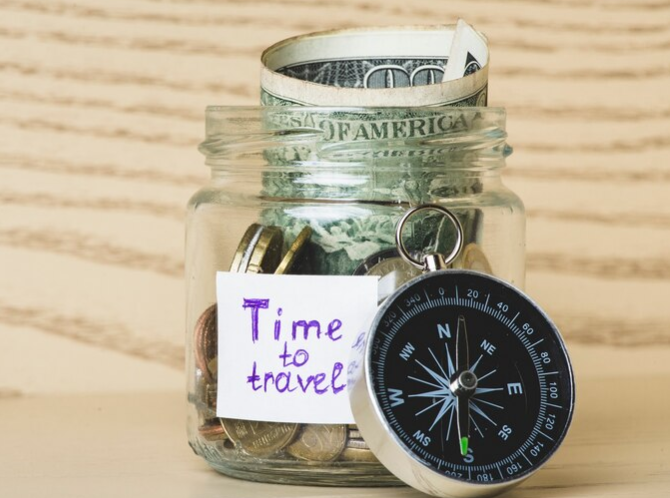
Costs of Flying With Your Dog
The cost of flying with your dog can vary significantly based on the airline, your pet’s size, travel destination, and the chosen transportation method. Airlines have different pricing and requirements, so it’s essential to check their specific policies in advance. Additionally, some airlines may have seasonal pricing changes, weight restrictions, or additional fees for layovers and international documentation.
We’ll list below a general breakdown of the costs of flying with a dog for your reference. However, remember to visit the website of the airline of interest and contact its representatives in advance.
In-Cabin
Fees typically range from $50 to $250 each way, depending on the airline and destination. Most airlines allow only small dogs that fit in an airline-approved carrier under the seat in front of you. Some international routes may have additional restrictions or higher fees.
Checked Baggage
If your dog is too large for the cabin but can be transported as checked baggage, costs usually range from $100 to $500 each way. Again, fees may vary based on the specific airline, your pet’s weight, and travel destination. Some airlines do not offer this option due to safety concerns.
Cargo
For larger dogs or airlines that don't allow pets in the cabin or as checked baggage, cargo transport is the primary option. Costs typically range from $200 to $800 or more, depending on the dog’s size, weight, crate dimensions, and destination.
International flights often have significantly higher fees due to customs and handling charges. Some airlines also partner with specialized pet transport services, which may have additional costs.
Beyond these fees, additional costs may arise, such as veterinary health certificates, import/export permits for international travel, and airline-approved crates.
With that being said, it’s crucial to plan well in advance and ensure your dog meets all the requirements for cargo travel. This will definitely help prevent unexpected expenses and ensure your dog has a more comfortable trip.
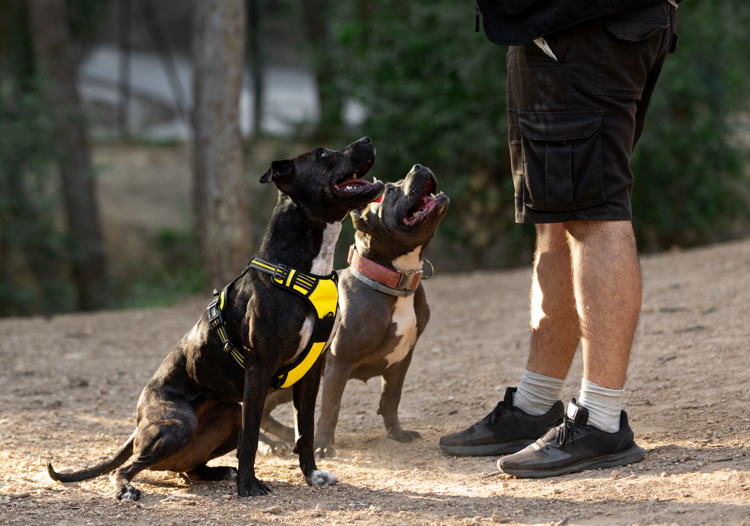
How Do Service Dogs Travel?
Service dogs undergo specialized training to perform specific tasks directly related to a physical and/or mental disability. They are considered medical equipment and not pets. Since they are not classified as pets, airline pet policies do not apply to them.
Service animals are permitted to travel in the passenger cabin at no cost, provided they meet the airline’s health and training requirements, and their handler submits all necessary documentation within the required time frame.
We recommend that you read the following article in our blog section: URGENT!! Why Was My Service Dog Denied Access to the Passenger Cabin?
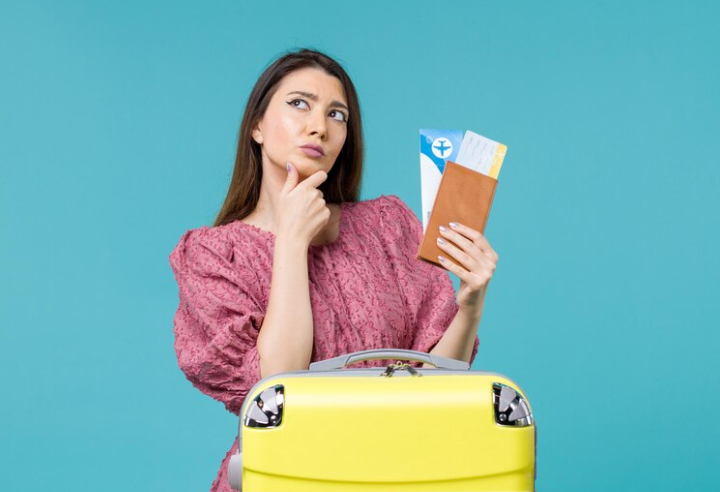
What Should You Consider When Flying With Your Dog?
Health and Safety
Make sure your dog is healthy and fit for travel. You may need to visit your vet for a health certificate, especially for international flights. Remember that only official vets are authorized to issue pet documentation for transportation. 'Official' means they are authorized to carry out work on behalf of a government. For example, official vets in the US are accredited by the U.S. Department of Agriculture (USDA); in the UK, these are certified by the Animal and Plant Health Agency (APHA).
Carrier Requirements
Each airline has specific requirements for pet carriers. You need to ensure your dog’s carrier is the correct size, well-ventilated, and comfortable based on their size. Typically, airlines require carriers to allow enough space so that the dog can stand and turn around comfortably.
Airlines' Policies
Some airlines have breed restrictions (e.g., brachycephalic breeds or breeds considered dangerous) or may not allow pets in the cabin at all. Passengers traveling with pets should always check the airline's specific policy before booking.
Booking Early
Airlines often limit the number of pets on each flight, so it’s essential to book your pet’s spot as early as possible. Typically, airlines allow one or two pets per passenger in the cabin, depending on the airline’s policy and the size of the pet.
Travel Preparation
We recommend bringing comforting items, such as your dog’s favorite blanket or toy, and avoiding feeding them or giving them too much water right before the flight. It’s also advisable to check the relief areas at the airport and take your dog for a potty walk before your flight.
Additionally, it’s important to note that sedating dogs is not recommended, and many airlines specifically advise against this practice for health reasons. Instead, it’s better to help your dog get accustomed to different vehicles or airports through practice, rather than giving them medication that could be potentially harmful.
Flying with a dog can be a smooth experience as long as you plan ahead and familiarize yourself with the available options. By reviewing airline and import requirements, and preparing your dog for the trip, you can help ensure they have a safe and stress-free trip.




